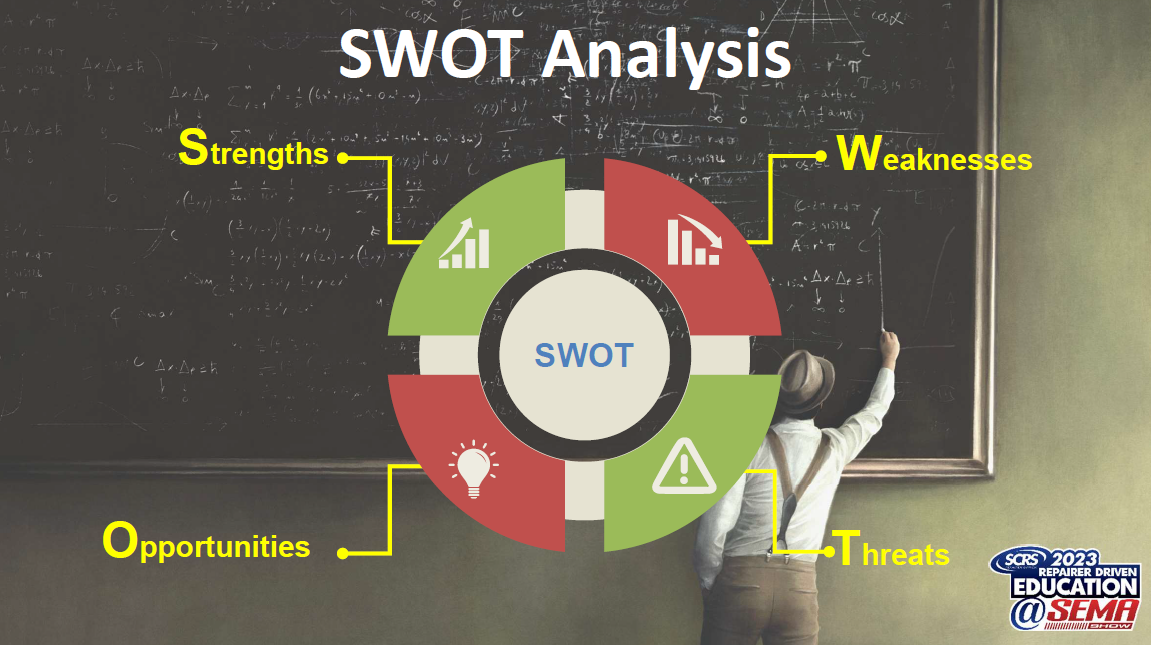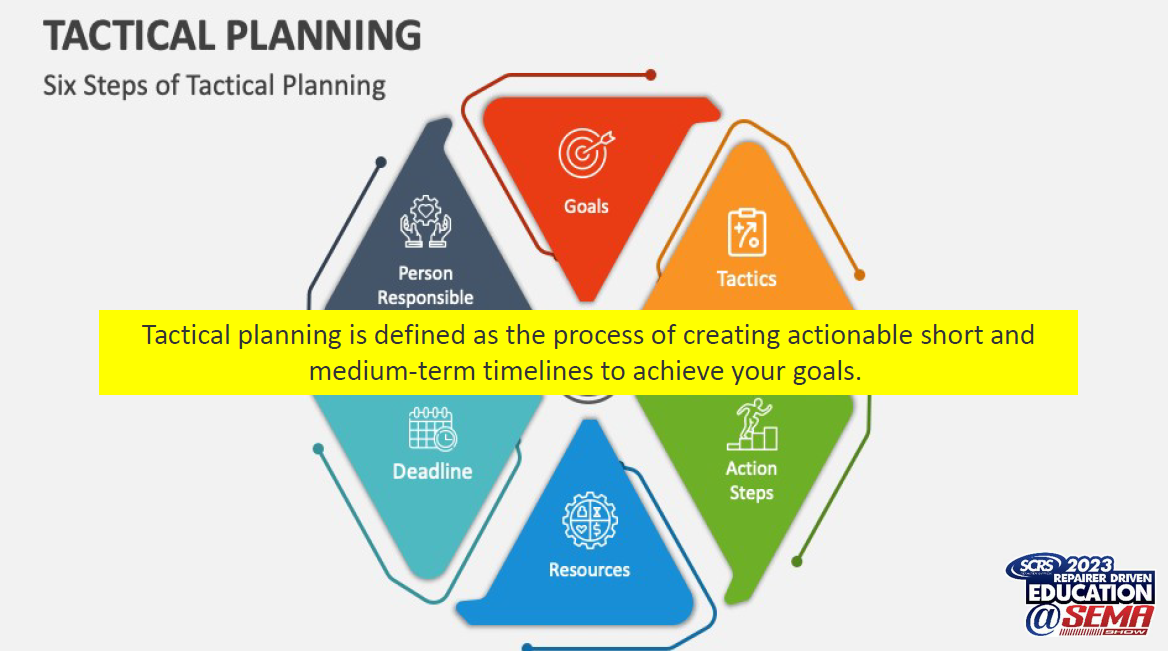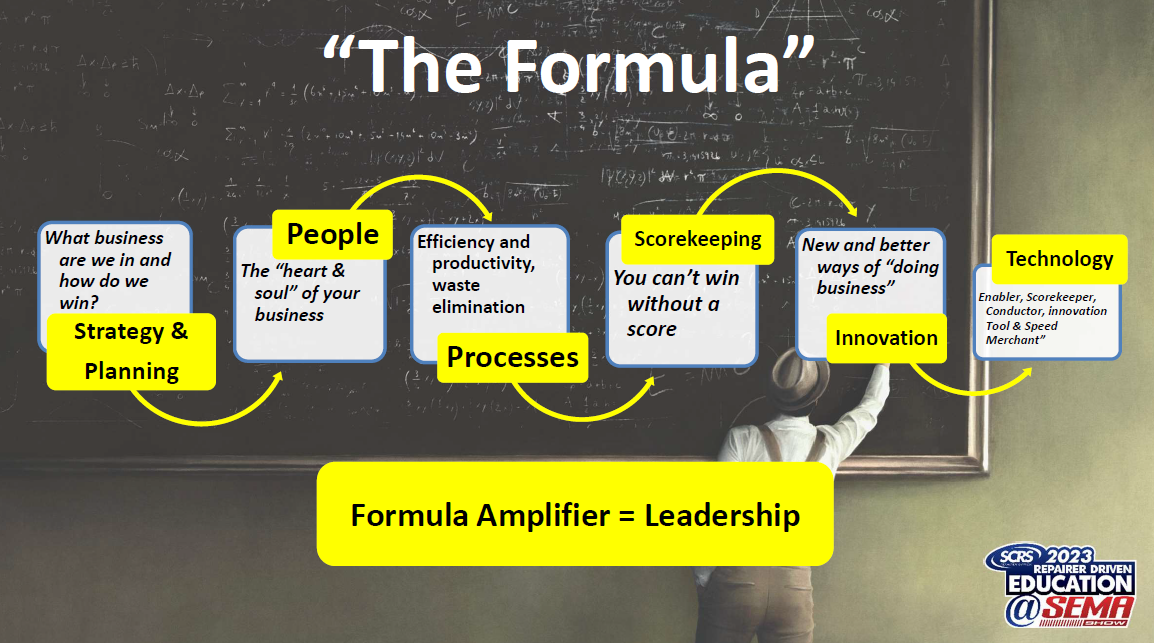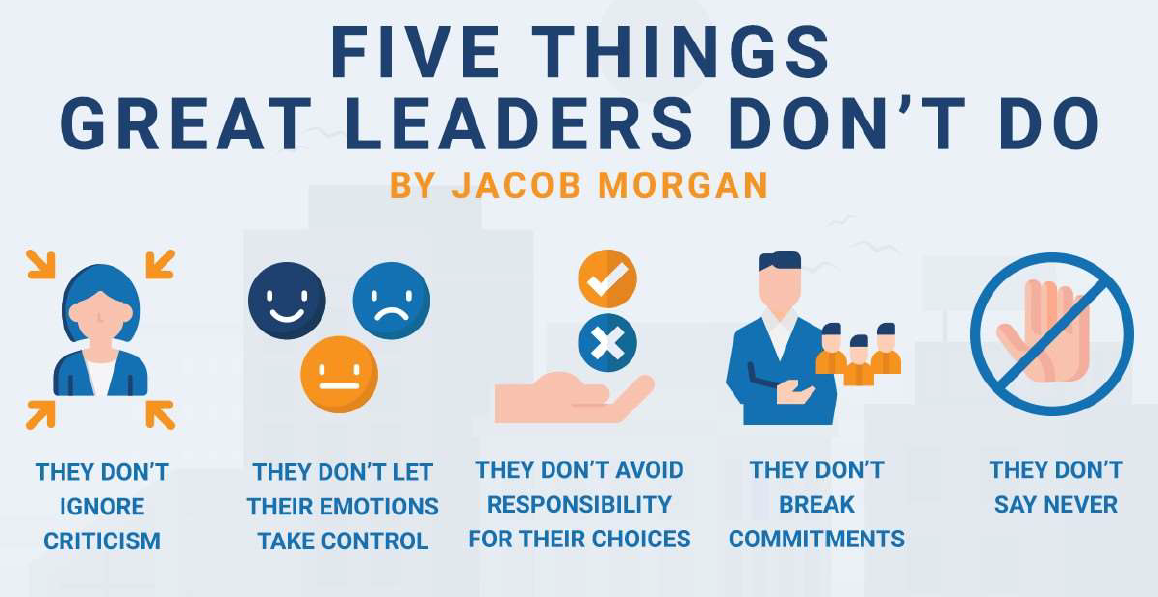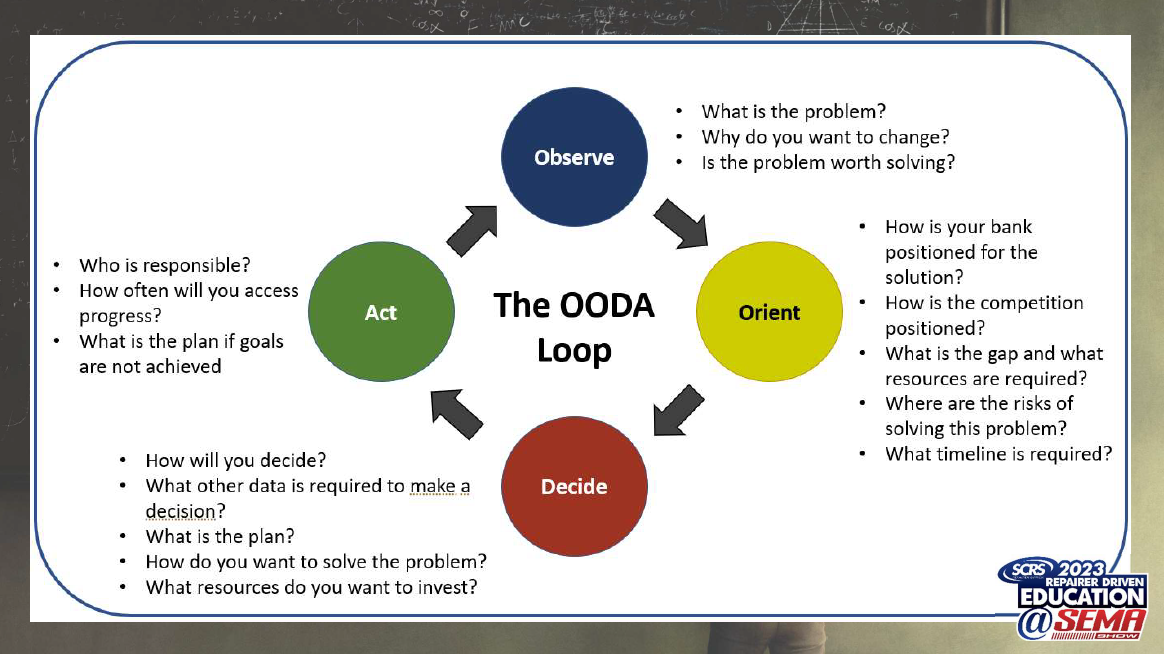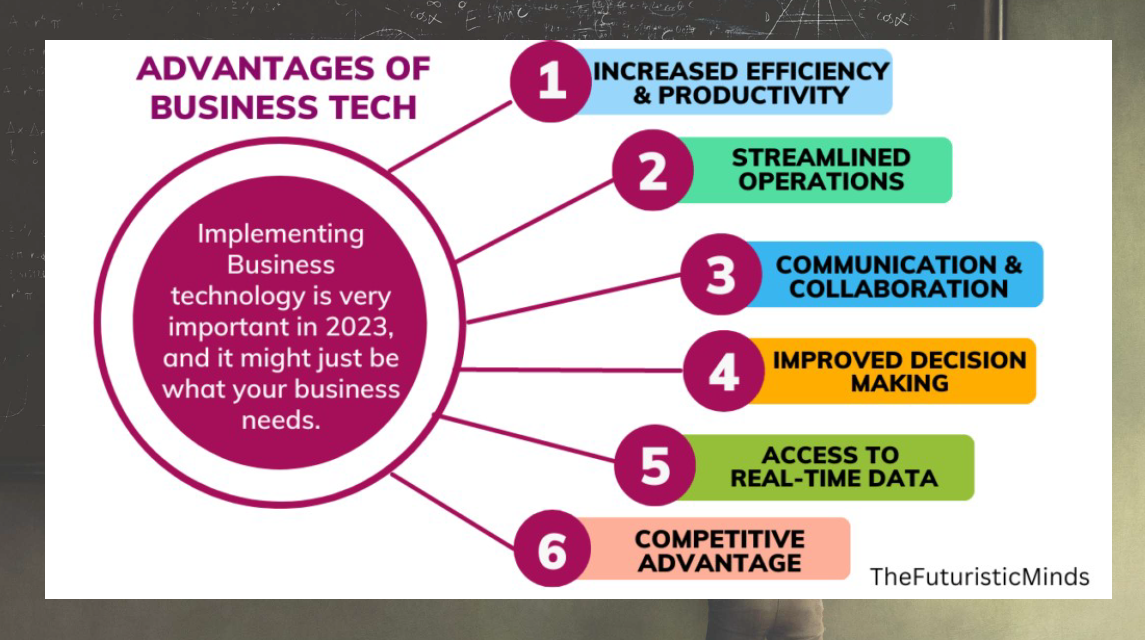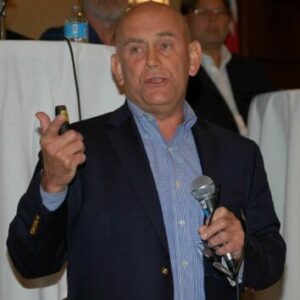
‘Fail forward fast:’ Terlep shares how to make your business stand out above the rest
By onBusiness Practices
Be deliberate and persistent and if it isn’t broken, break it.
That’s what Opus IVS ADAS Services Vice President Frank Terlep believes is the “formula for success” for collision repair small businesses. He shared his thoughts on Nov. 1 during the Society of Collision Repair Specialists (SCRS) Repairer Driven Education (RDE) series at this year’s SEMA Show.
“Fail forward fast — what does that mean? Get out and try something new, make a mistake,” Terlep said. “Move fast and break things… If you’re not out there trying new stuff, how do you know if it’s going to work or not? You don’t know.
“Everybody in the world is living in turbulent times right now and, by design… there’s a deliberate process to being successful in business.”
First, it’s important to have mission and vision statements that change over time with the ideals and goals of the business.
The mission statement should cover the present state of your business and steps to follow that will lead to the future including objectives for your internal organization, Terlep said. The vision statement deals with present and close objectives that serve internal purposes.
Businesses should also consider a “Strengths Weaknesses Opportunities and Threats (SWOT) analysis” at least once yearly to set a formal direction for the company, according to Terlep.
The analysis should cover personnel, facilities, equipment, sales, profitability, cash flow, strengths in services offered, quality of repairs, market share condition, and market demographics.
Questions repair facility leaders can ask themselves could include:
-
- How do we improve what we’re doing today?
- What are our existing processes?
- How are we performing, not only against our goals but to a peer group?
Another exercise Terlep recommends is tactical planning:
Depending on your market and business size as well as the type of business, you may need to plan this out monthly, he said.
The five building blocks of a great company are culture, purpose, accountability and authority, scorekeeping, and skills with the most important being culture, Terlep added.
“If you don’t treat your employees excellently, they’re not going to treat your customers excellently,” he said. “Your customers only love companies that love its employees. You can tell what kind of an organization it is as soon as they [employees] start to talk on the phone… Employees who don’t feel significant rarely make significant contributions.
“If you don’t care about your business and what you’re doing, my recommendation — go do something else.”
Other parts of Terlep’s “formula for success” include:
-
- Strategy and planning;
- People;
- Processes;
- Scorekeeping;
- Innovation;
- Technology; and
- Leadership — the “formula amplifier” and one of the most important things in running a business, according to Terlep.
“I’ve been an entrepreneur four times and every day when I was an entrepreneur, I would wake up and say, ‘What are those two guys doing in the garage? …You’ve got to always, always, always look forward to try to grow,” Terlep said. “Companies that are stuck in their own ways when the disruptive process comes up, they miss it and so that’s when the innovation part of this comes in.”
In order to succeed, Terlep says to innovate:
-
- Customer experience through online and mobile app scheduling;
- Recruiting and retention — Figure out what you do differently than others to separate yourself from the competition. “Why would a technician come to work for you versus your competition? It’s not always about money,” he said.
- Marketing via social media, email, and website as well as unique standout concepts that catch the eye at trade shows;
- Operational processes; and
- Ask, think, do, and repeat.
“You have to be able to look at your baby and say you have an ugly baby,” Terlep said. “Most entrepreneurs aren’t good at that… If I don’t sit down and look at my business and plan out what I want to try to do and accomplish, how am I going to get there?
“If you’re starting a business, you’re starting a business to sell that business or you’re starting that business to have a succession plan.”
Three types of planning:
-
- Strategic — What business should we be in? What do I want to be when I grow up?
- Operational
- Business design
“You’ve got to be aggressive in the marketplace from a recruiting perspective,” Terlep said, adding that repair facilities should always be actively recruiting. “People say people are your most important asset, I disagree. The right people are. The right people are your most important asset.”
Other tips to keep in mind from Terlep include:
-
- Know what you want in your organization;
- Make sure your people know what your expectations are;
- Know what your employees’ expectations are;
- Think like a champion to become a champion;
- Perfect practice makes perfect; and
- Culture is behavior at scale — how a business operates, how employees act in the organization, and what the organization believes in.
“If you have a bad culture, everything else goes to pot,” Terlep said. “You won’t be able to keep people. Your customers will feel it.”
To improve your workplace culture, the first step is simple: “Look in the mirror and say, ‘How does our culture suck?’ You need to understand what are the good pieces of your culture,” Terlep said. “The only way you can do that is by asking your people and listening to your people… maybe you can’t do it. Maybe you need to bring a third party.”
Next, develop a company culture purpose statement that includes what your business cares about, where it will go and grow into, and discern how workplace culture can benefit the business and its employees’ work/life balance.
“We all spend a ton of time at work,” Terlep said. “It has a direct effect on people’s lives. You want to make sure that the culture they operate in [is] something that they want to do that they’re invested in.”
He added the worst thing business leaders can do is keep the “bad apples” — the employees whose actions and attitudes aren’t up to par.
“Whatever made you successful in the past ain’t gonna work in the future,” Terlep said. “We constantly need to be looking at ways of which we can get better every single day and sometimes you’ve got to break what you’ve got.”
“A lot of people don’t like change but the thing is, if you embrace it, you’ll stay ahead of it,” Terlep said. “If you fight it, you could sometimes be too late to react.”
One example of embracing change that Terlep provided is the growing use of artificial intelligence (AI) within the collision repair and insurance industries.
“AI is going to be in everything we do over the next five years and it’s going to be a good thing,” he said. “We have a lot of guys and girls go, ‘Wow, that stuff doesn’t work well.’ It’s still early, right? And I don’t think AI is designed to write the whole estimate but if it could get me halfway there and it’s fairly adequate, that’s half the time saved.”
Terlep recommends repair facilities invest in technology that either supports business processes or drives new ones.
“The worst thing that can happen is if you have bad processes and you think you can put technology in to solve it, it’s like a magnifying glass on a bad process,” he said. “If you get the right technology in the right place in your business, the amount of time it saves and the amount of money you’ll make is really, really good.”
He added that anything you’re doing with regard to your business — customer management, communications, invoicing — in which technology can be used to support, you should do it. Some key technologies Terlep recommends are email communication with customers and a user-friendly and attractive website that offers online scheduling and AI chatbots.
Images
Featured image: File photo of Frank Terlep, Opus IVS ADAS Services vice president (Credit: SCRS)
All presentation slides courtesy of Frank Terlep and SCRS

